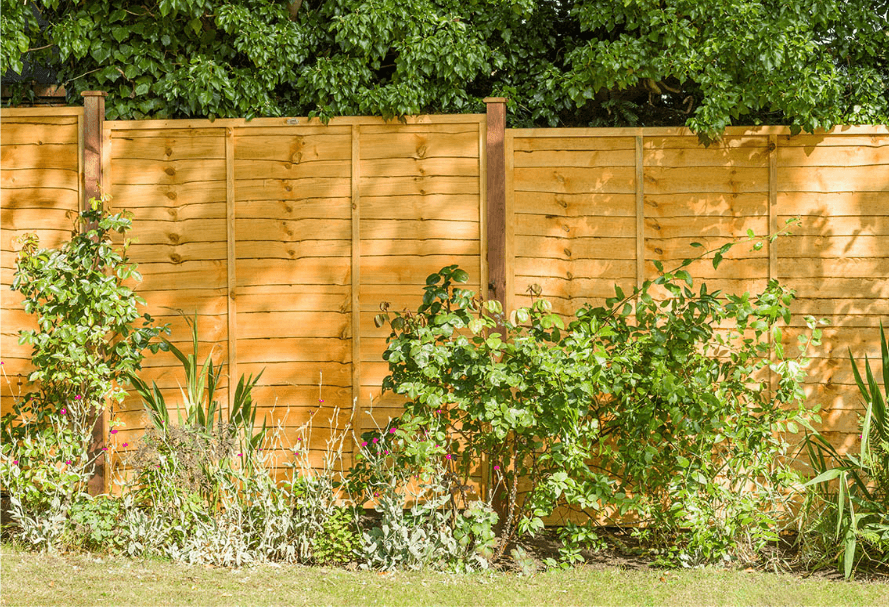Tapered or square edge plasterboard – a subject that ignites debates among construction professionals and DIY enthusiasts alike. Understanding the nuances between these two types of plasterboard is crucial for achieving flawless finishes in walls and ceilings.
In this comprehensive guide, we delve into the characteristics, applications, and benefits of both tapered and square edge plasterboard to help you make informed decisions for your projects.
Tapered edge boards, as the name suggests, are crafted with tapered edges to facilitate the jointing process. When two sheets of this plasterboard align, their tapered edges create a minor groove. This groove is then covered with scrim tape and filled using joint filler or compound, a method known as taping and jointing, resulting in a smooth surface ready for painting.
Features and Benefits of Tapered Edge Plasterboard:
- Streamlined Jointing: Tapered edges minimize joint areas, simplifying skimming and plastering.
- Efficient Setup: Enables faster and seamless construction of walls, partitions, and ceilings.
- Versatile Fixing: Easily secured to various substrates using mechanical fixings or drywall adhesive.
- Flexible Installation: Suitable for single or multi-layer arrangements, enhancing acoustic and fire performance.
- Acoustic Properties: Some variants offer enhanced sound insulation for quieter environments.
Installing Tapered Edge Plasterboard:
- Prepare the Surface: Ensure the surface is clean and dry.
- Align the Boards: Place tapered edge boards on the wall or ceiling.
- Apply Jointing Compound: Fill tapered joints with jointing compound.
- Add Tape: Secure tape over joints for added strength.
- Finish with Skimming: Achieve a seamless finish with surface skimming.
Square Edge Plasterboard: Characteristics and Applications
Square edge plasterboard features uniform, straight edges, creating flush joints when panels are brought together. This type is favored for ceilings where joint visibility is minimized.
Key Features of Square Edge Plasterboard:
- Sharp Appearance: Straight edges provide precise lines and a neat finish.
- Standard Option: Suitable for areas where seamless joints are not a requirement.
- Versatile Usage: Ideal for both walls and ceilings.
- Specific Applications: Preferred for certain decorative requirements.
Installation of Square Edge Plasterboard:
- Measure and Cut: Cut boards to fit walls or ceilings.
- Align Boards: Attach boards, ensuring square edges align.
- Skimming: Finish with skimming for a perfect surface, giving special attention to straight edges.
Distinguishing Tapered vs. Square Edge Plasterboard:
The primary distinction lies in the edges: tapered edge plasterboard features sloping edges, while square edge has straight ones. Tapered edge offers a seamless finish, making it ideal for walls, while square edge is favored for specific designs or ceiling applications.

CONCLUSION
Whether you opt for tapered or square edge plasterboard depends on your project’s requirements. Understanding their differences empowers you to make the best choice. With careful installation and appropriate materials, both options ensure beautiful and functional surfaces for your construction endeavors.
Remember, when selecting plasterboard, consider factors like application, desired finish, and specific project needs. Armed with this knowledge, you can confidently embark on your construction journey, achieving impeccable results every time.



